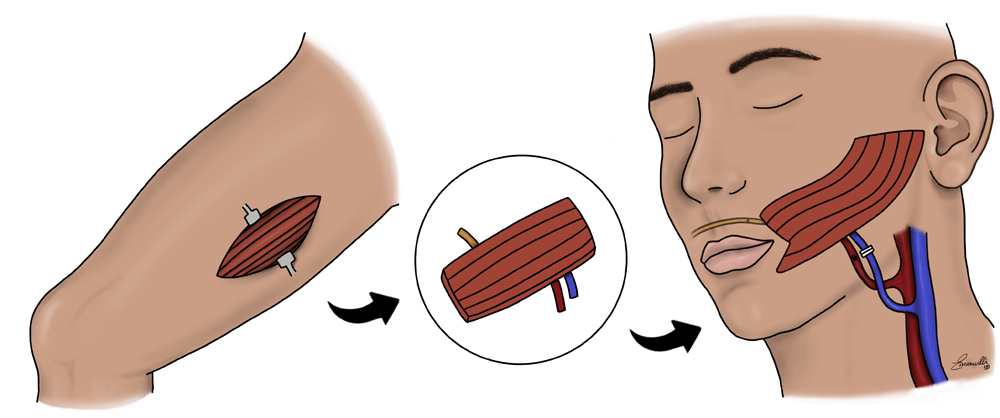Facial Reanimation

Facial nerve paralysis can affect people of all ages. It usually occurs when the nerve that carries electrical signals from the brain to the face is damaged. This can be something someone is born with or can happen due to trauma, cancer, or a usually reversible condition called Bell’s Palsy. When that happens, a person is unable to control the muscles on the affected side of the face. This changes the appearance of the face at rest, as well as a person's ability to use facial expressions to convey emotion, protect the eyes and perform daily functions like eating and speaking. When this is caused by permanent condition there are many options that reconstructive microsurgeons can offer to help. If intervened on early enough, when the muscles of the face are still healthy, we can perform nerve grafting or transfers where we re-route other nerves in the head and neck to power the face muscles. If the facial muscles are damaged, either directly or from lack of input from the nerve for too long, we can bring in new muscle from other parts of the body to recreate a functional smile. A common example of this is a gracilis muscle free flap.